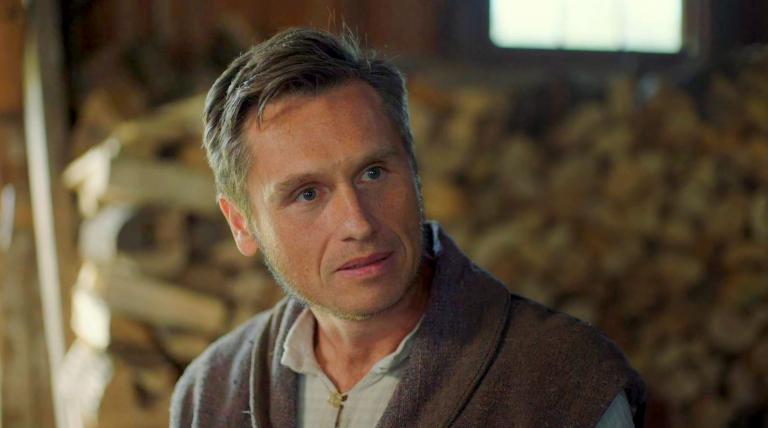
I was unaware, I think, that this had been posted. If I knew, I had forgotten. But it seems that it may only have gone up recently. Anyway, some of you may perhaps find it of interest:
“‘Idle Tales’? The Witness of Women”
It’s my presentation to the 2019 FairMormon symposium, and it begins with some video material — including several snippets from interviews with scholars (including Ann Taves and John Turner, who are not Latter-day Saints) that will go into the Interpreter Foundation’s documentary film and associated items, as well as video clips from an earlier film (Joseph Smith: American Prophet) in which those who are creating the Interpreter Foundation’s Witnesses films played central roles. (Our own film is now essentially finished, and a new trailer for it will appear in the not too distant future.). Anyway, here’s the link to my presentation about the testimonies of female eyewitnesses, ancient and modern:
***
I now share two additional passages drawn from Susan Easton Black and Larry C. Porter, Martin Harris: Uncompromising Witness of the Book of Mormon (Provo: BYU Studies, 2018):
John Thompson recalled bringing two “apostates, Henry and John Serman,” to speak to Martin [in May 1875]. With an ulterior motive in mind, one of the skeptics asked if he in fact believed the Book of Mormon to be true. Martin responded “NO.” The men remarked that they “had heard that he had never Denied the truth of the Book of Mormon.” Whereupon Martin stated that “he knew it was true,” declaring, “and that was past believing.” He then testified of his having seen the angel, and gave his witness to the truthfulness of the Book of Mormon. Thompson also informs us that John Serman “went to Salt Lake, joined the Church and married a Bishop’s daughter and was living a good life the last I heard from him.” Thompson’s statement implies that Martin’s testimony was a distinctive aid in the doubter’s eventual return to the Church. (499)
In early July of 1875, Martin Harris was stricken with paralysis and was clearly dying.
William Homer noted that although Martin was weak and feeble, he still bore a strong and emphatic testimony as he would exclaim, “I might as well doubt my own existence as to doubt the divine authenticity of the Book of Mormon or the divine calling of Joseph Smith.” George Godfrey, who sat “up nights with the witness” and described him as a “thin white haired, little man,” wrote that Martin, pointing to an axe stuck in a log a few feet from where Godfrey was standing, said, “Do you see that log and that axe?” “Yes,” Godfrey replied. “Just as surely as you see that axe in that log, I saw the angel and the plates.” (500)












